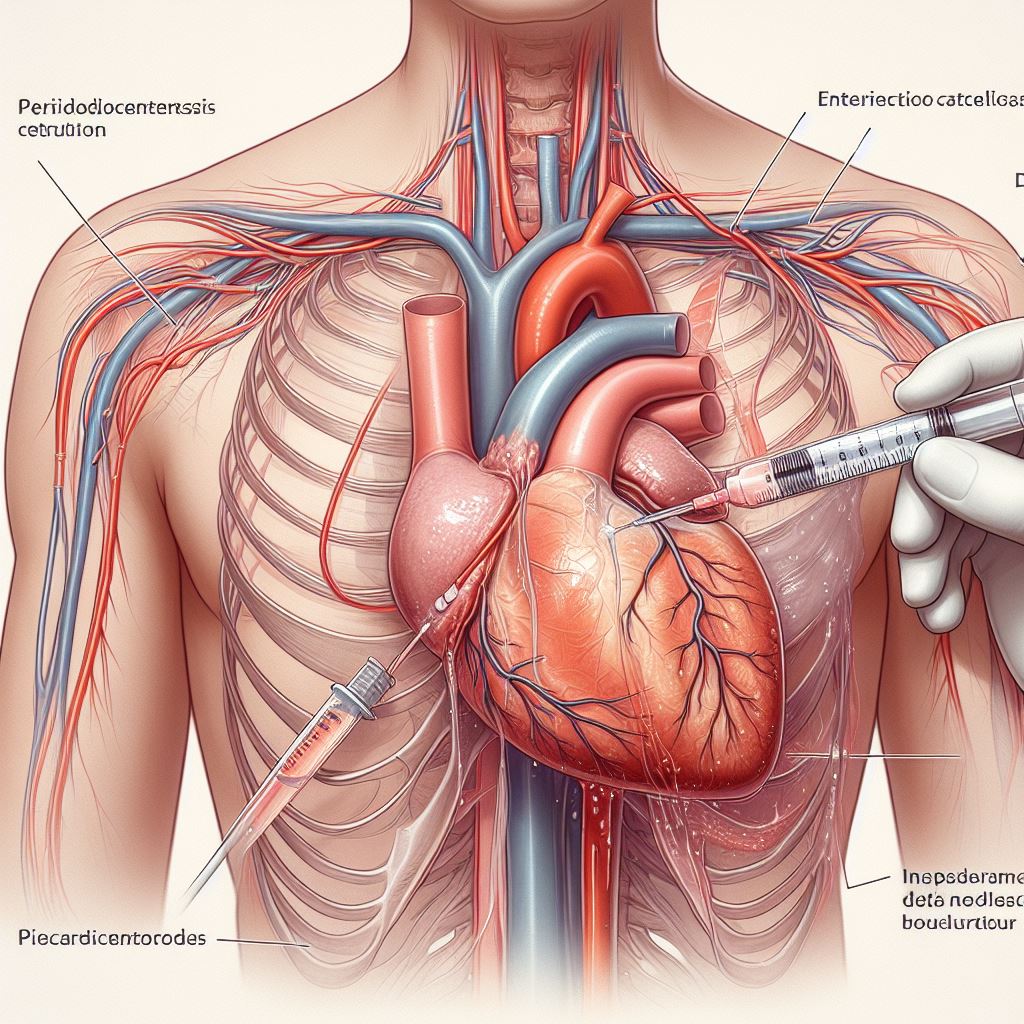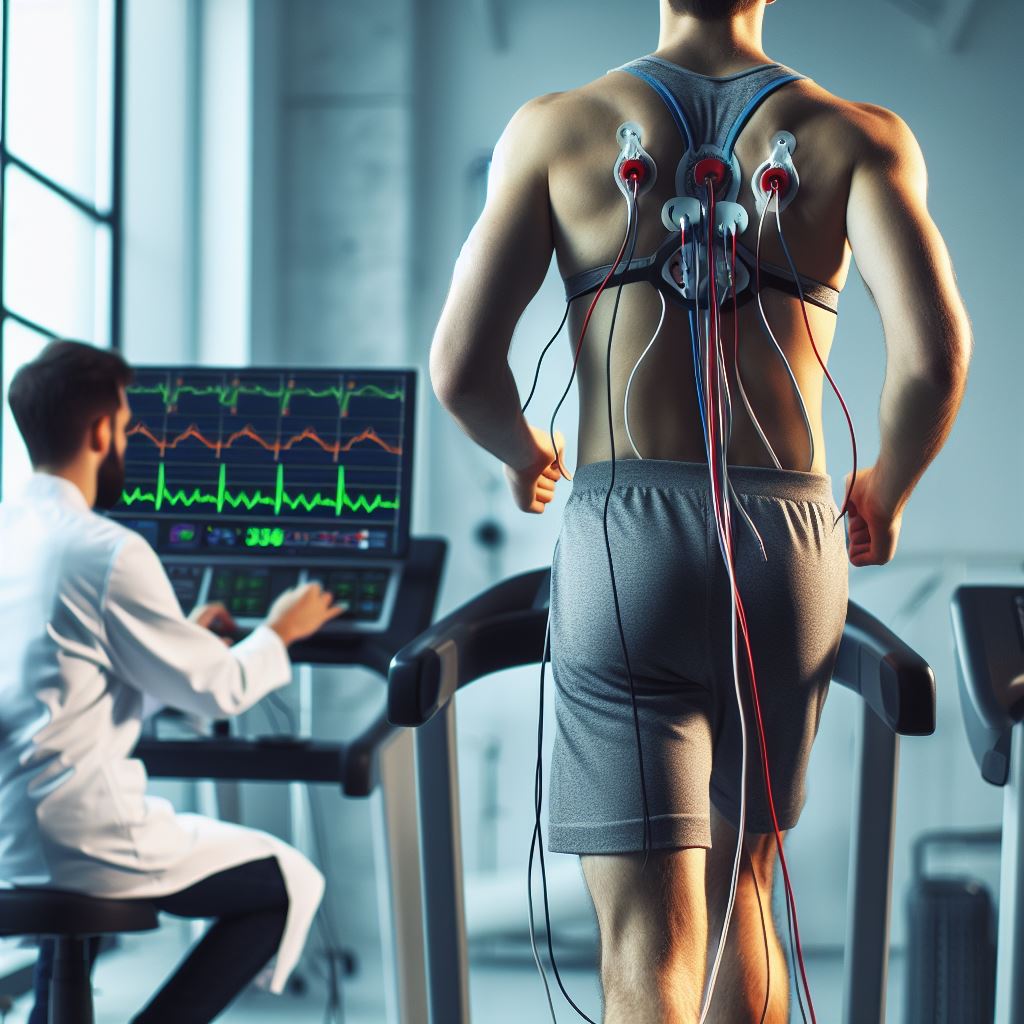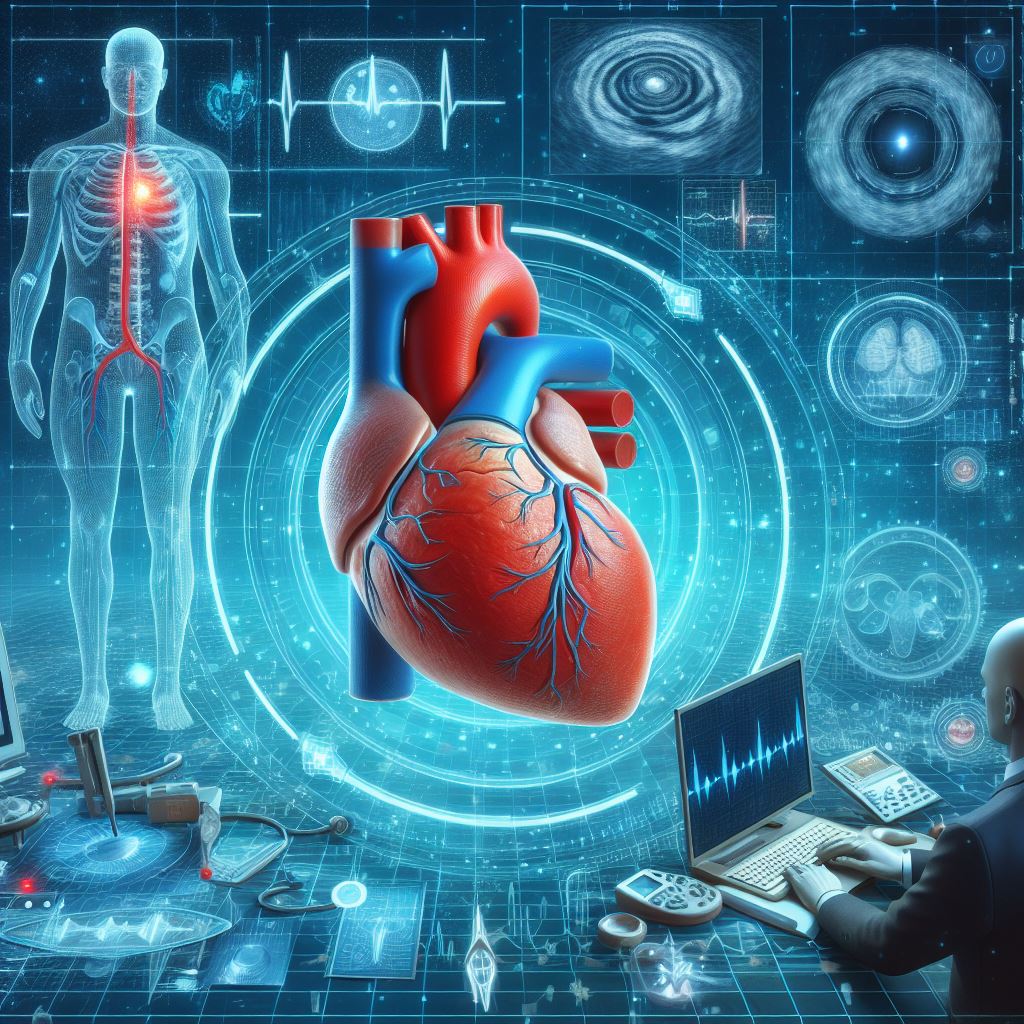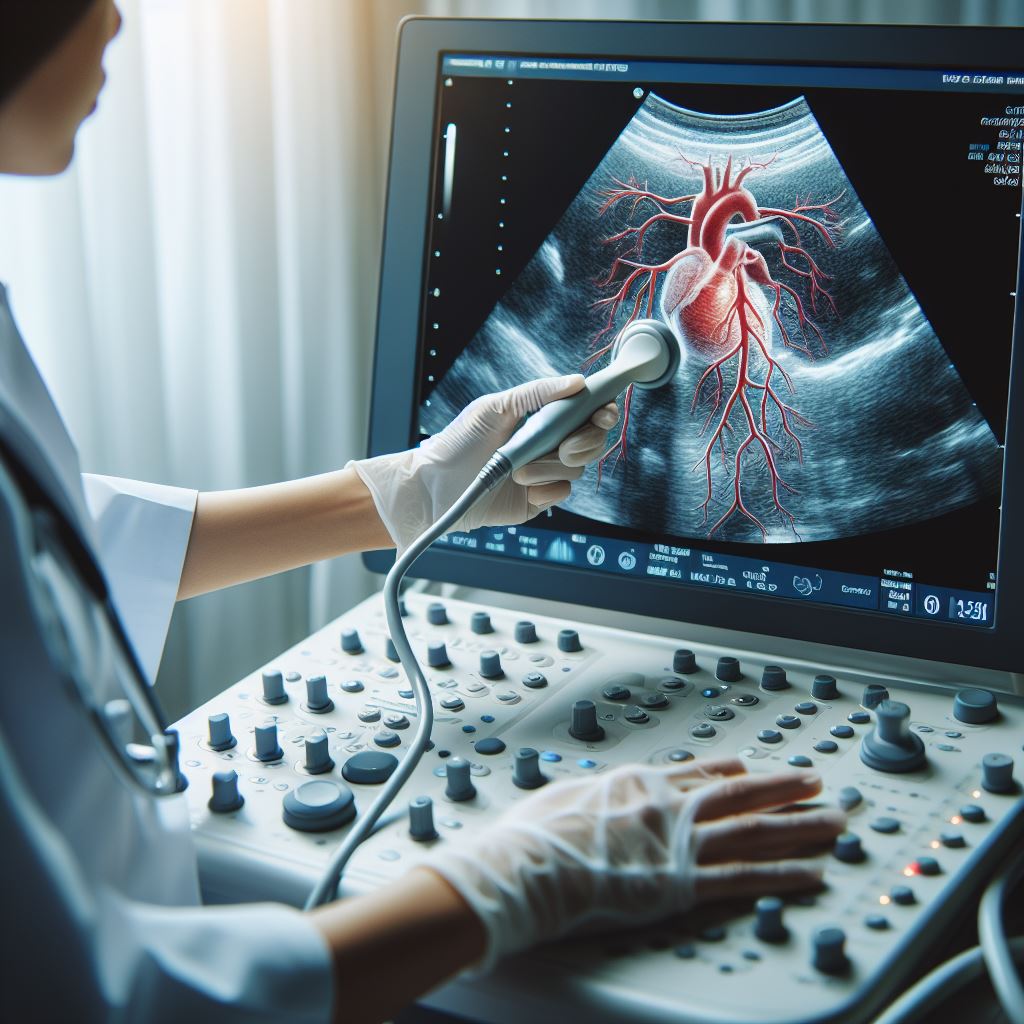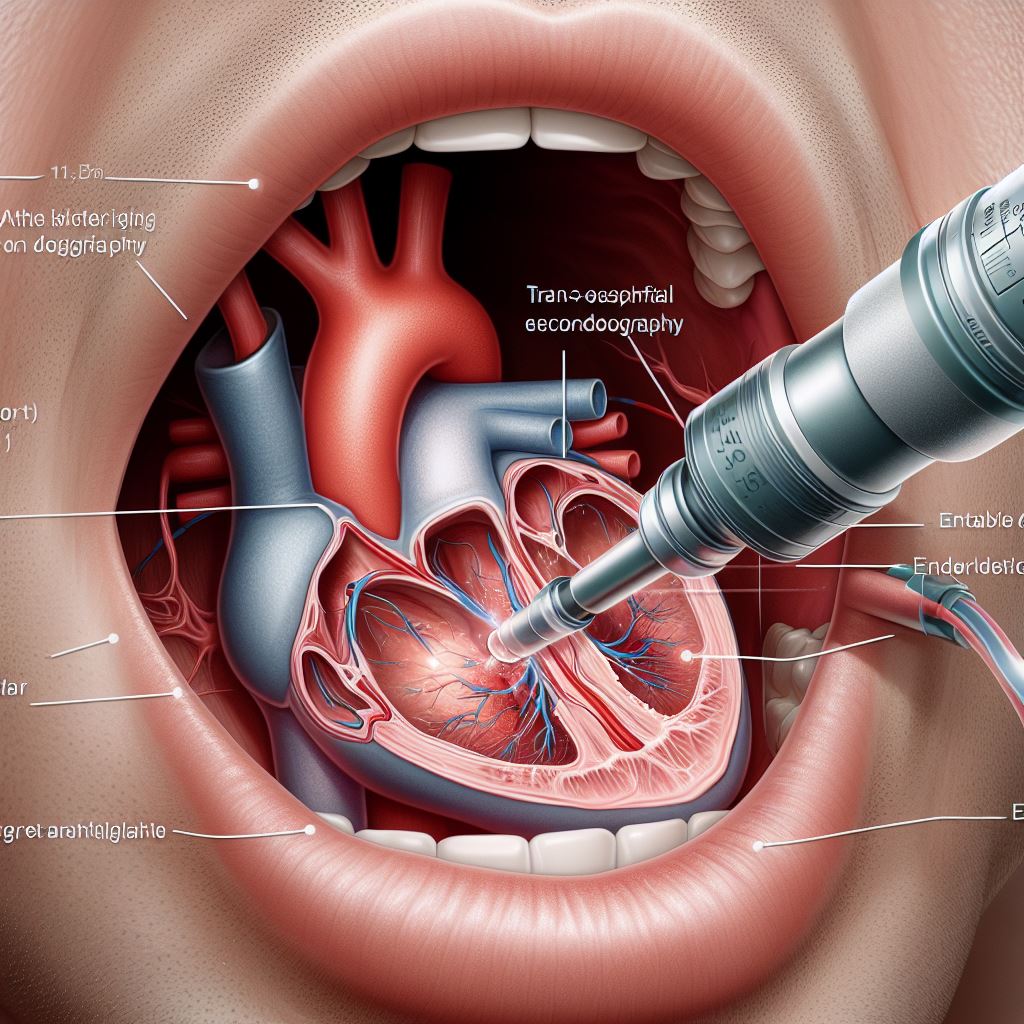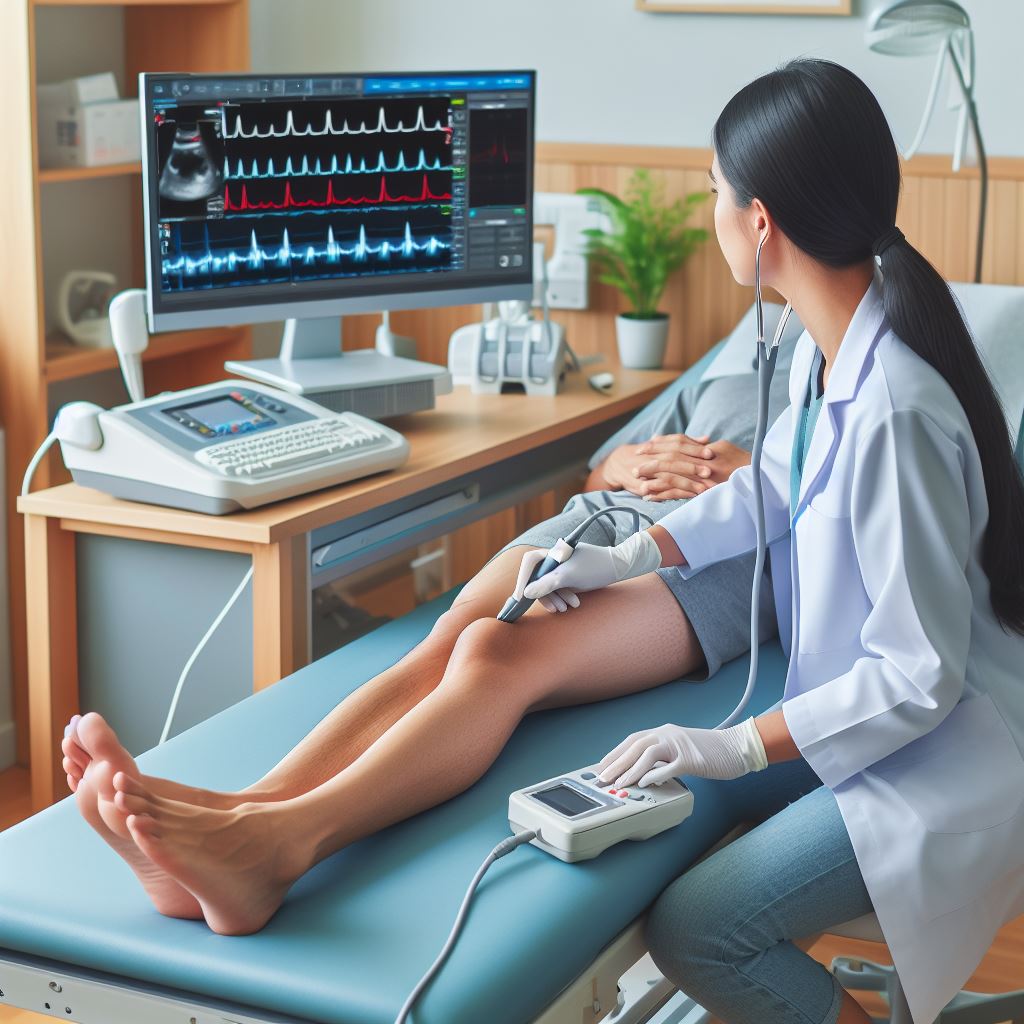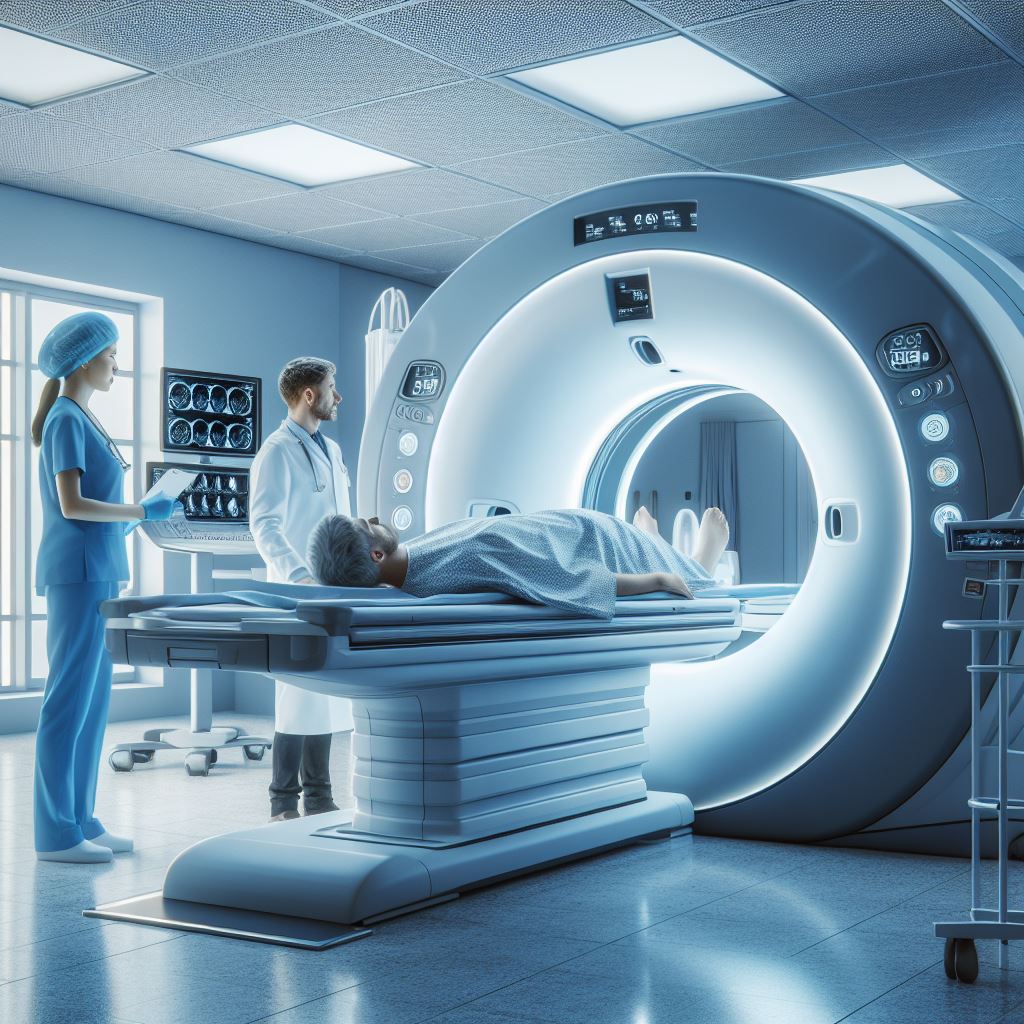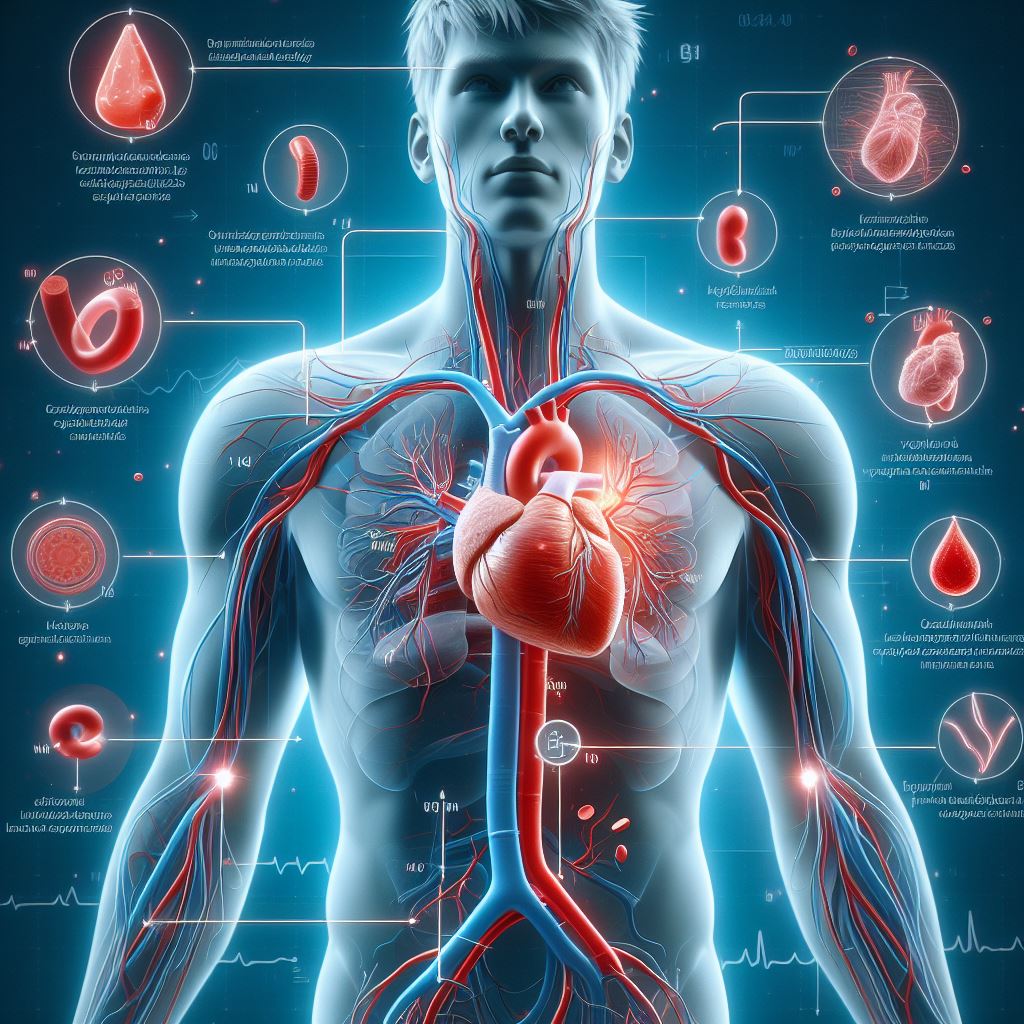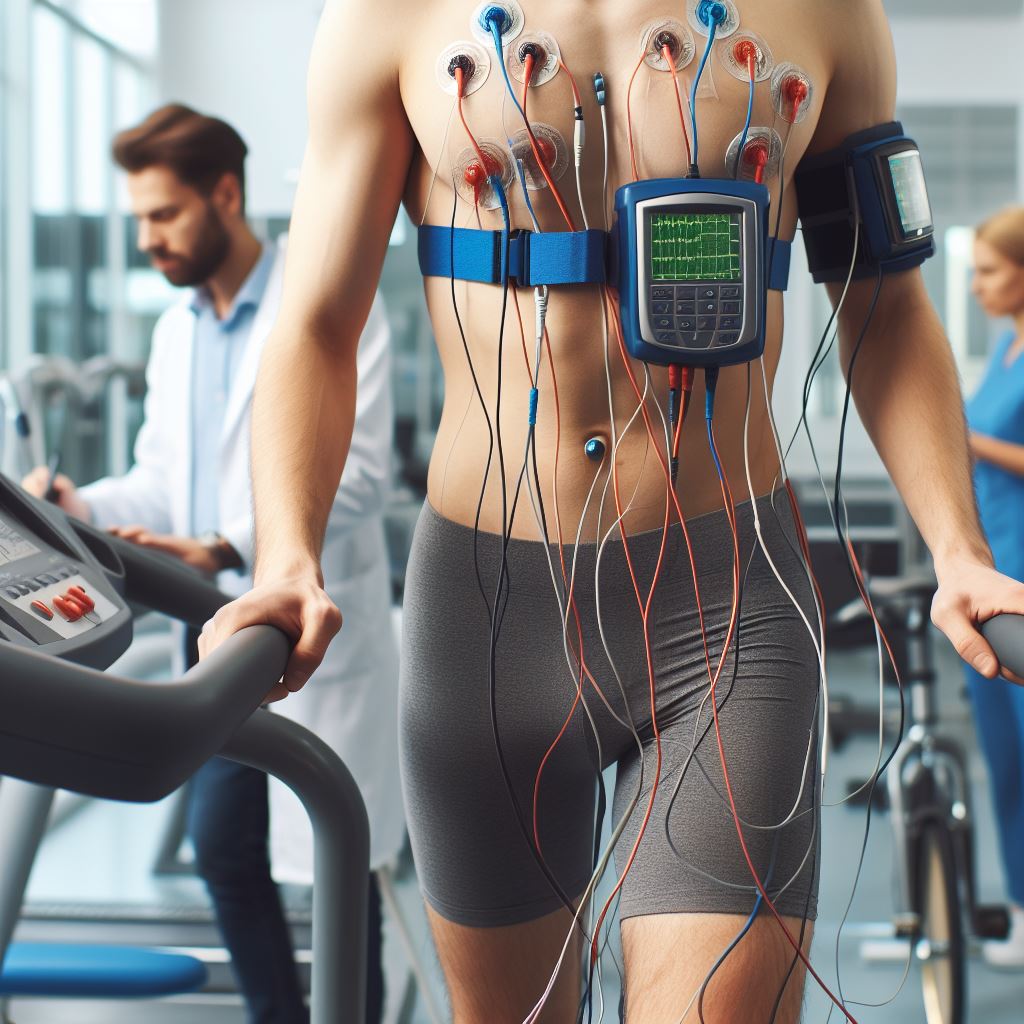
A Holter monitor is a portable device that continuously records the
electrical activity of the heart over an extended period, typically 24 to 48
hours. This monitoring allows healthcare professionals to evaluate the heart's
rhythm and detect irregularities that may not be captured during a standard
electrocardiogram (ECG or EKG).
Holter monitors consist of small
electrodes that are attached to the chest, and the device is usually worn in a
pouch or belt around the waist. This continuous recording provides a more comprehensive
picture of the heart's function compared to a brief ECG.
Who Needs a Holter Monitor?
Holter monitoring is often recommended for individuals who experience
intermittent symptoms such as palpitations, dizziness, fainting, or chest pain.
These symptoms may not occur during a short ECG, making it challenging to
capture the irregularities. Holter monitoring becomes particularly crucial in
identifying irregular heart rhythms and determining the underlying cause of
these symptoms.
Patients with known cardiac
conditions may also undergo Holter monitoring to assess the effectiveness of
their treatment and to monitor any changes in their heart rhythm over time.
What Conditions Can a Holter Monitor Find?
Holter monitoring is a versatile tool that can detect a range of cardiac
conditions, including:
· Arrhythmias: Holter monitors are highly effective in identifying irregular
heartbeats or abnormal rhythms that may contribute to symptoms like
palpitations or fainting.
· Ischemia: This monitoring
method can help identify episodes of insufficient blood flow to the heart,
which may indicate coronary artery disease or other cardiovascular issues.
· Conduction Disorders: Holter monitoring is instrumental in assessing the electrical conduction system of the heart, helping to diagnose conditions like atrioventricular (AV) block.
Purpose
The primary purpose of Holter monitoring is to provide a continuous and
comprehensive assessment of the heart's electrical activity. By capturing a
more extended period of heart activity, it allows healthcare professionals to
evaluate the overall cardiac health of the patient and diagnose any potential
issues that may require intervention.
The information gathered from Holter
monitoring helps in:
·
Identifying the presence of abnormal
heart rhythms.
·
Evaluating the effectiveness of
antiarrhythmic medications.
·
Assessing the impact of physical
activity or stress on the heart.
· Monitoring the heart's response to treatment in patients with known cardiac conditions.
Test Details
Placement:
During a Holter monitor test, small electrodes are attached to specific
locations on the chest. These electrodes are connected to the monitor, which is
usually worn in a pouch or belt around the waist. The electrodes pick up the
electrical signals generated by the heart.
Duration:
The monitoring period typically lasts 24 to 48 hours, providing an
extended window during which the patient's daily activities and potential
symptoms can be recorded.
Normal Activities:
Patients are encouraged to maintain their regular daily activities while
wearing the Holter monitor. This includes work, exercise, sleep, and any
activities that might trigger symptoms. The goal is to capture a comprehensive
picture of the heart's function in various situations.
Are There Activities I Should Avoid While Wearing
the Holter Monitor?
While wearing the Holter monitor, it's advisable to avoid activities
that could interfere with the device's recordings. These may include:
· Avoiding Moisture: Refrain from swimming or bathing to prevent damage to the monitor and
ensure accurate recordings.
· Limiting Electrostatic Interference: Stay away from strong electrical fields or magnets, as these can
interfere with the monitor's ability to accurately capture the heart's
electrical activity.
· Noting Symptoms: Patients should make a note of any symptoms they experience during the monitoring period, such as palpitations, dizziness, chest pain, or fainting. Providing this information to the healthcare provider aids in correlating symptoms with the recorded data.
What Happens After I Finish Wearing the Holter
Monitor?
Once the monitoring period is complete, the patient returns the device
to the healthcare provider. The recorded data is then analyzed to generate a
detailed report. Your doctor will review the results with you, discuss any
findings, and recommend appropriate next steps if necessary.
Data Analysis:
The collected data is carefully analyzed to identify any abnormal heart
rhythms, episodes of ischemia, or conduction abnormalities. This analysis helps
healthcare professionals make accurate diagnoses and formulate targeted
treatment plans.
Results Discussion:
During a follow-up appointment, your healthcare provider will discuss
the results of the Holter monitor test with you. If any abnormalities are
detected, further diagnostic tests or treatments may be recommended based on
the specific findings.
Treatment Adjustments:
For individuals with known cardiac conditions, Holter monitoring results
may guide adjustments to their treatment plans. This could involve changes in
medication, lifestyle recommendations, or additional interventions to manage
the identified issues.
Risks
Holter monitoring is generally considered a safe procedure with minimal
risks. However, like any medical test, there are some considerations:
· Skin Irritation: Some patients may experience skin irritation from the electrodes or
adhesive tape used to secure the electrodes. This is typically temporary and
resolves after the electrodes are removed.
· Discomfort: Wearing the monitor and electrodes may cause mild discomfort, but it should not be painful. Patients are encouraged to report any significant discomfort during the monitoring period.
Results
The results of Holter monitoring provide valuable insights into your
heart's health. Your healthcare provider will interpret the data, looking for
irregularities, and develop a personalized plan based on the findings.
Normal Results:
In cases where the Holter monitor records show normal heart rhythms and
no concerning abnormalities, it provides reassurance about the overall health
of the heart.
Abnormal Results:
If abnormalities are detected, your healthcare provider will carefully
assess the nature and severity of these findings. Common abnormalities may
include arrhythmias, signs of ischemia, or conduction issues. The specific
diagnosis will guide further evaluation and treatment recommendations.

